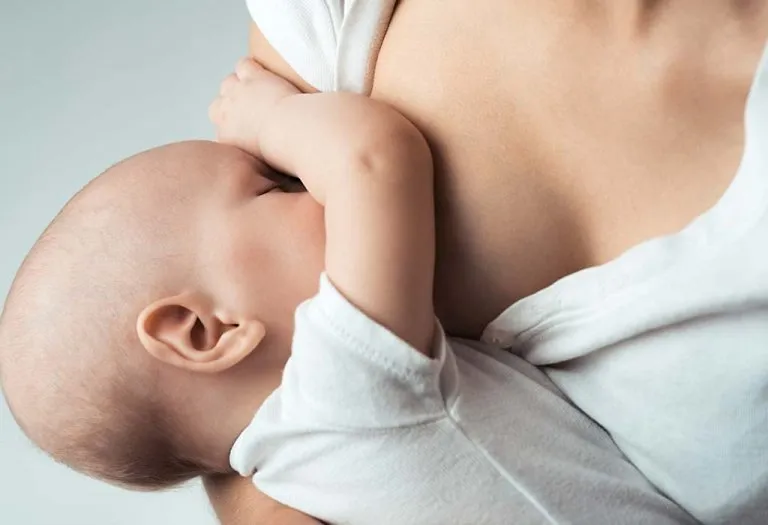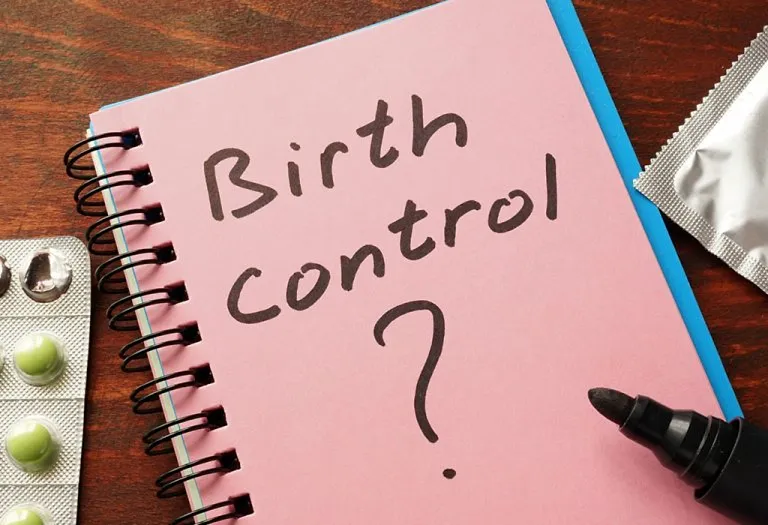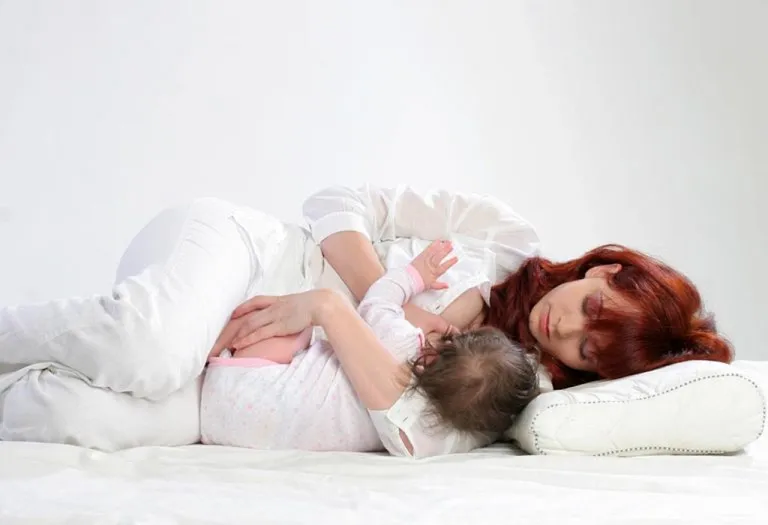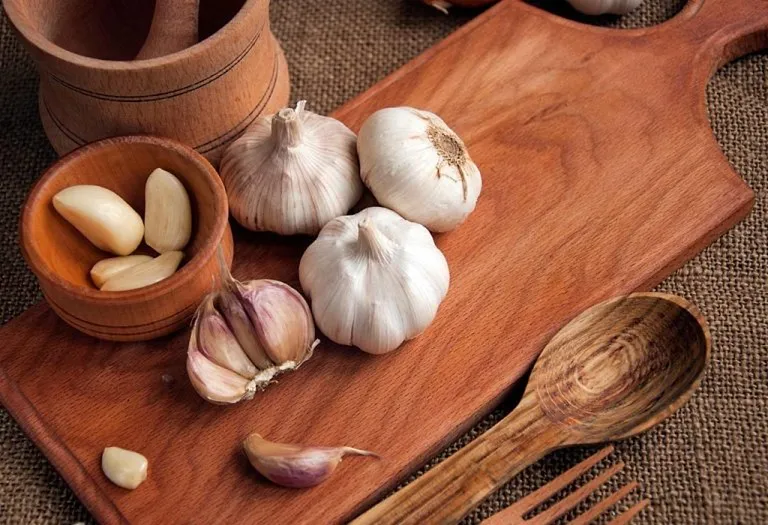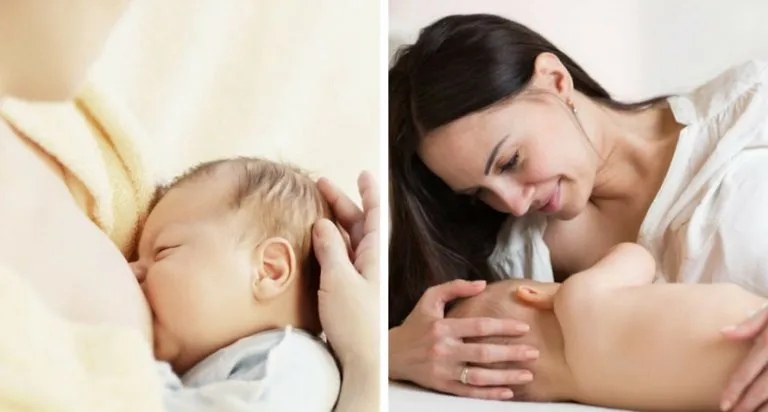Can You Breastfeed With Pierced Nipples? A Complete Guide
- Can You Breastfeed With Nipple Piercings?
- Effects of Nipple Piercings on Breastfeeding
- Tips for Breastfeeding With Pierced Nipples
- When to Consult a Doctor?
- FAQs
Pierced nipples are a form of self-expression and body art that some women fancy. Whether they planned for a pregnancy or not when they had their piercing, a baby will bring plenty of questions about the effect the piercing can have on lactation and breastfeeding. Breasts normally change during pregnancy and breastfeeding, which makes nipples quite sensitive to even touch, and sometimes, they get even more painful because of infections or heaviness. So, do nipple piercings affect breastfeeding? And, if you plan to keep the nipples pierced during the phase of breastfeeding, will it affect the baby or the milk flow? Continue reading to find out.
Can You Breastfeed With Nipple Piercings?
The answer to this question, in most cases, is yes. It is possible to breastfeed with pierced nipples as long as the nipples have healed from the piercing. Nipple piercings don’t usually impact breastfeeding as the piercing does not influence the production or supply of milk (1). Milk is produced in the mammary gland located in the breast tissues behind the nipples. The only effect it can have relates to the flow of the milk and some difficulty in latching on for the baby. If the piercing is new or has not healed, there is a chance of infection, blocked ducts, breast abscesses, or other complications (2).
Effects of Nipple Piercings on Breastfeeding
Let’s answer the most popular question, “Does nipple piercing affect breastfeeding?” Although it is alright in most instances, there are pierced nipples breastfeeding problems that some women experience, such as:
1. Risk of Infection
Mothers who have nipple piercings are at a higher risk of infections such as mastitis and hepatitis (3). While it is possible to continue breastfeeding even with an infection, diseases like Hepatitis C can get transmitted to the infant, putting them at risk unless they are vaccinated.
2. May Cause Abnormal Milk Production
Nipple piercings are indirectly linked to abnormal milk production. Piercings can lead to the development of breast abscesses, which can sometimes take years to develop and interfere with milk production. A breast abscess is a build-up of pus in the breast that becomes painful (4).
3. Leading to Excess Milk Flow
The pierced portion of the nipple can cause an excess flow of milk when the baby suckles, leading to feeding problems for the baby. The opposite can also be true, as there is a higher risk of clogged ducts because of nipple piercings.
4. Difficulty in Latching on
Nipple piercings can make it hard for the baby to latch on to the breast. It could be because of the size of the piercing or the piercings’ interference by constantly irritating or bruising the inside of the baby’s lips. Sometimes, scar tissue from piercings can distort the shape of the nipples, making it difficult for the baby to latch on.
5. Choking Hazard
Nipple jewellery poses a significant choking hazard for babies. Nipple rings and other studs that are screwed on can loosen over time or with breastfeeding and make their way to the baby’s throat.
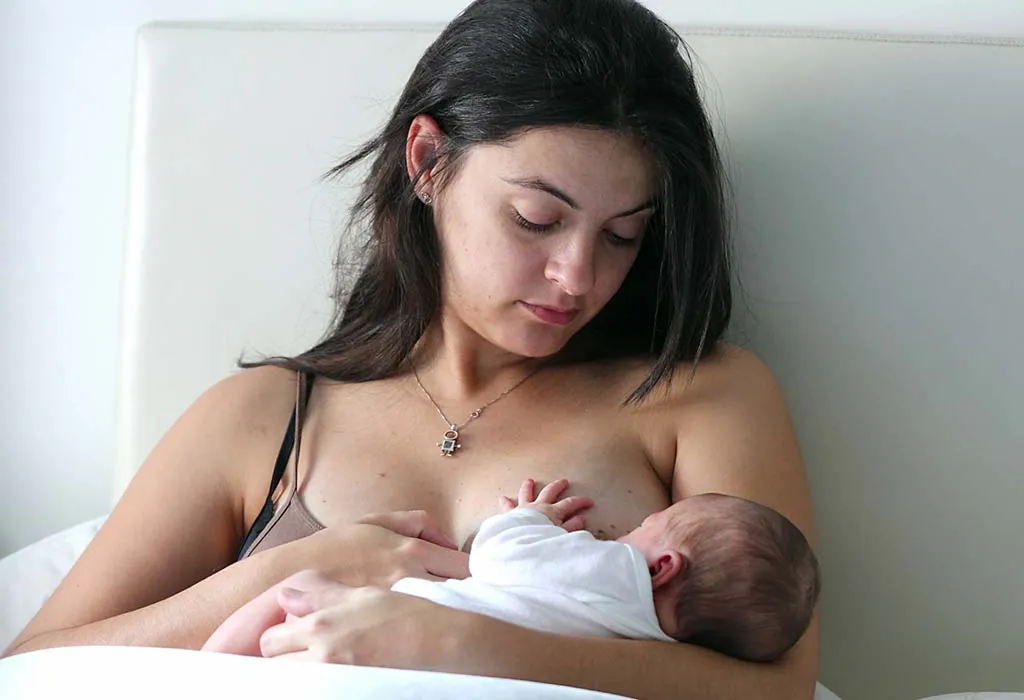
Tips for Breastfeeding With Pierced Nipples
Here are a few tips for managing nipple piercing and nursing while keeping the comfort of your baby as the focus:
1. Do Not Breastfeed Until the Piercing Is Entirely Healed
Pierced nipples can take a long time to heal completely, and the timeline can extend anywhere from 18 months to a year. It is advisable not to get a nipple piercing if you are planning for a pregnancy soon or are already pregnant. If you are planning both, then get a piercing well before getting pregnant. La Leche League suggests breastfeeding mothers wait for 3 to 4 months after weaning their babies before getting nipple piercings, as hormonal changes can influence the healing process (5).
2. Pick the Right Jewellery
Choose piercing jewellery meant for nipples, and take caution not to use those meant for other parts of the body. An earring, for example, is not advisable as nipple jewellery as it could create scarring that permanently deforms the nipples. Studs that are appropriate for nipples are the only jewellery recommended to stay within safe limits.
3. Remove the Nipple Piercing Before Feeding
Ideally, you should remove the nipple piercing if you are breastfeeding so there will be less discomfort for your baby and lower chances of choking if it comes loose. It is best if you remove the jewellery completely the whole time you breastfeed for a few months. Although it might close the piercing, it is safer for both mother and baby.
4. Use a Retainer if Needed
If you must remove your nipple ring or stud and do not want the piercing to close, use a retainer to keep it open. Retainers are usually made of plastic and are much easier to remove than jewellery. However, it is just as important to remove the retainer before breastfeeding as they are a bigger choking hazard due to their easy-to-remove nature.
5. Feed From Both the Breasts
If only one of your nipples is pierced, try not to overfeed from the other breast. If you feed less from the pierced breast, there are chances of clogged milk and breast engorgement. Remove the studs and feed equally from both breasts.
When to Consult a Doctor?
If you wish to continue having your nipple piercing while breastfeeding, there are important signs to look out for before consulting a doctor, such as:
- Pus or Liquid Oozing From the Piercing: If you see pus or a clear fluid oozing out of the piercing, it is time to visit your doctor, as this is a sign of an infection. This is more likely to happen if your piercing has not had enough time to heal before you start breastfeeding. Infected nipples can also show up in the form of pus-filled blisters appearing close to the site of piercing or at the hole.
- Bleeding From the Piercing Site: If you notice that the pierced nipple is bleeding, it could be because of blistering caused by constant nursing. Sometimes, babies bite the nipple, causing it to bleed as well. If the bleeding persists, consult your doctor.
- Piercing Closes with Complications: If you have removed the jewellery without a retainer in place, the body will start to close the piercing. Usually, this is not a cause for concern. However, if you notice that the closing piercing affects the milk flow, consult your doctor.
- Blocked Ducts or Mastitis: Nipple piercings can sometimes lead to blocked ducts and bacterial infection at the same time. This could lead to an improper supply of milk and swelling and pain in the breasts. One must treat mastitis before one can continue breastfeeding.
- Continuous Milk Production: In some cases, the stimulation caused by nipple piercing can continue milk production even after weaning. Although it happens in rare cases, it stimulates nipple-piercing lactation, a condition unrelated to breastfeeding.
FAQs
1. How long do nipple piercings take to heal?
Considering healing times, nipple piercings are best done 12 to 18 months before getting pregnant. This ensures that the jewellery can stay in place, and there is less chance for the hole to close when the jewellery is removed for breastfeeding. It is best not to get a nipple piercing right before getting pregnant, as it can increase complications during breastfeeding.
2. What types of nipple piercings are there?
The most popular nipple piercings include nipple barbells, nipple clickers, dangling nipple piercings, and nipple shields.
3. What are the alternatives to metal jewellery?
Instead of metal jewellery, you can try flexible silicon jewellery, which is comfortable (6).
Nipple piercings and breastfeeding has a fun can be a fun way of self-expression. However, women planning for a pregnancy are advised to avoid it unless it is done 12 to 18 months before a planned pregnancy. Since nipple piercings take a long time to heal, it brings complications with it during breastfeeding. Women who already have a healed piercing can breastfeeding without any difficulty.
References/Resources:
1. 4 Things You Need To Know About Breastfeeding With Nipple Piercings; Cleveland Clinic; https://health.clevelandclinic.org/breastfeed-with-nipple-piercings; June 2023
2. Nipple Piercing and Breastfeeding; La Leche League Canada; https://www.lllc.ca/nipple-piercing-and-breastfeeding
3. Do nipple piercings affect breastfeeding?; The Lactation Network; https://lactationnetwork.com/blog/do-nipple-piercings-affect-breastfeeding/
4. Breast Abscess; NHS; https://www.nhs.uk/conditions/breast-abscess/
5. Breastfeeding Info Nipple Piercings; La Leche League International; https://llli.org/breastfeeding-info/nipple-piercings/
6. Breastfeeding and nipple piercing; Australian Breastfeeding Association; https://www.breastfeeding.asn.au/resources/nipple-piercing
Also Read:
Side-Lying Breastfeeding
Breastfeeding from one Side
Getting Tattoos While Breastfeeding
Itchy Breast during Breastfeeding
Is it Safe to Smoke while Breastfeeding
Breastfeeding With Hypoplastic (Tubular) Breasts
Was This Article Helpful?
Parenting is a huge responsibility, for you as a caregiver, but also for us as a parenting content platform. We understand that and take our responsibility of creating credible content seriously. FirstCry Parenting articles are written and published only after extensive research using factually sound references to deliver quality content that is accurate, validated by experts, and completely reliable. To understand how we go about creating content that is credible, read our editorial policy here.






